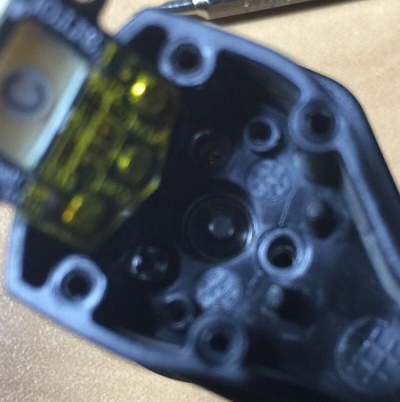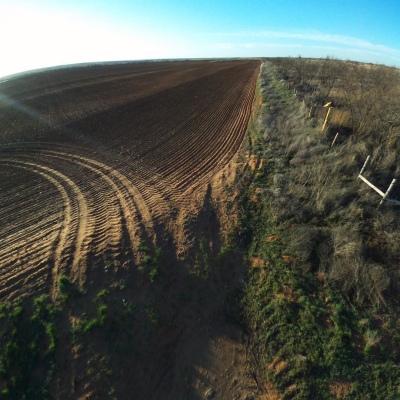INTRO
In my personal life rarely do I have a plan.
GIVING UP CONTROL MADE ALL THE DIFFERENCE UNTIL IT DIDN'T
A basic tenet of EdCamp is to vote with your feet. Not getting what you came for? Vote with your feet: Let them take you where you might.
Almost 40 years ago I gave up control of my life for six years. At 20 I enlisted in the US military. In the Navy to be precise. I made choices, sure. But for the most part others made the decisions. Except they were really my choices. Confused? So was I. At least until I read a blog post by @davidtedu on a writing technique known as The Three Whys. The way I figure it asking why three times takes one deeper into a subject. This allows one to glean insights that might have been missed during a more conventional process of analysis.
Why did I join the Navy? To have an adventure. To have a chance at living a life beyond the commute here and there existence I'd known for far too long. Why did I want adventure? Because I felt my life to that point resembled a connect-the-dots puzzle where predefined forms reveal themselves after a period of focused effort. The point is the forms were there all the time. It was live by the numbers 28-29-30 and there you are hello Mr. Easter Bunny. Why do I have a problem with numbers? Because life isn't about counting. Life is more about formulating. And there I got brought up short. Because I don't like to plan. If I really believe in formulating, in thinking deep thoughts and applying, them isn't that planning, which I have mentioned I'm not a big fan of?
AN IDYLLIC YEAR LIVING IN A JUNGLE
Diego Garcia. I spent one of the best years of my life there. Located a little off the equator in the Indian Ocean it's a coral atoll and jungle. The thing about jungles is they smell. Jungles smell bad. It's because jungles are in continual renewal. Old stuff falls to the jungle floor where decomposes. It feeds new life. I had to travel something like 11,000 miles from home to learn that lesson.
I got there after a week riding a C-141 transport plane all the way from Norton AFB (Air Force Base), to Travis AFB, to Hickam AFB, to Anderson AFB, to Clark AFB, to.. Trust me on this point: It took a whole lot of tos to get me where I wanted to be.
Which brings me back to choices. Diego Garcia in 1978 was isolated duty. I volunteered to go there so the Navy obliged and sent me. I learned that I could usually get what I wanted by asking for stuff few wanted. It wasn't a plan. It was a formula.
UP UP AND HEY
I've voted with my feet twice in the last couple weeks. At Design Camp San Diego and EdCampPerris I listened for a time then got up and moved on. What got me moving was a static message, a conversation where one person was doing most of the talking. I know this as teaching. What I'm much more into these days is learning. It's like traveling by air. You can get there slowly by balloon. To go the distance, to make the big leaps, takes oomph, the sort of thing a rocket is good for. The great thing about EdCamp are conversations, where everyone speaks up and shares. It's a kind of design thinking. Everyone speaks up. Different things resonate with different people. Bonds of empathy bring people together for deeper collaboration.
OUTRO
So I asked why a few times and I got whyze. With this whyzdom came the realization that I don't much like being told how something works. I'd much rather listen to a multitude of others share how they think something works and then try it on for size so I can figure out how it works. Thank you David for why assist.














